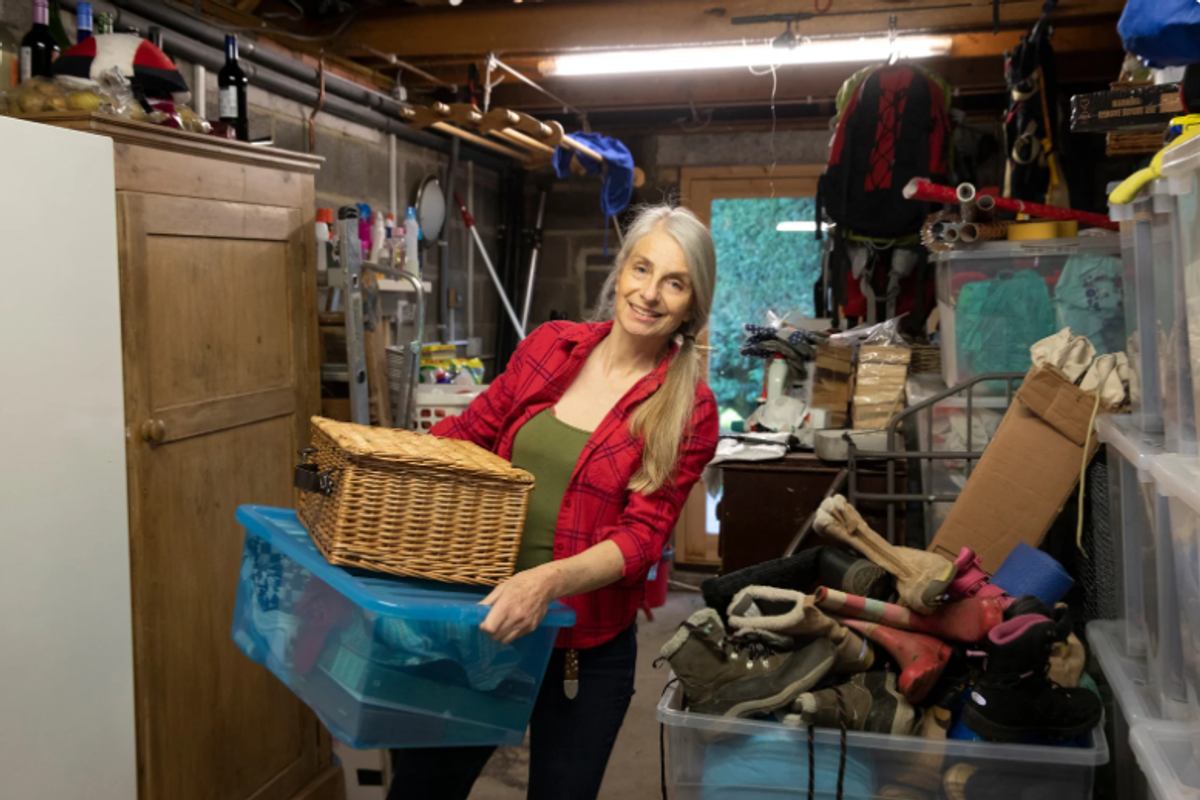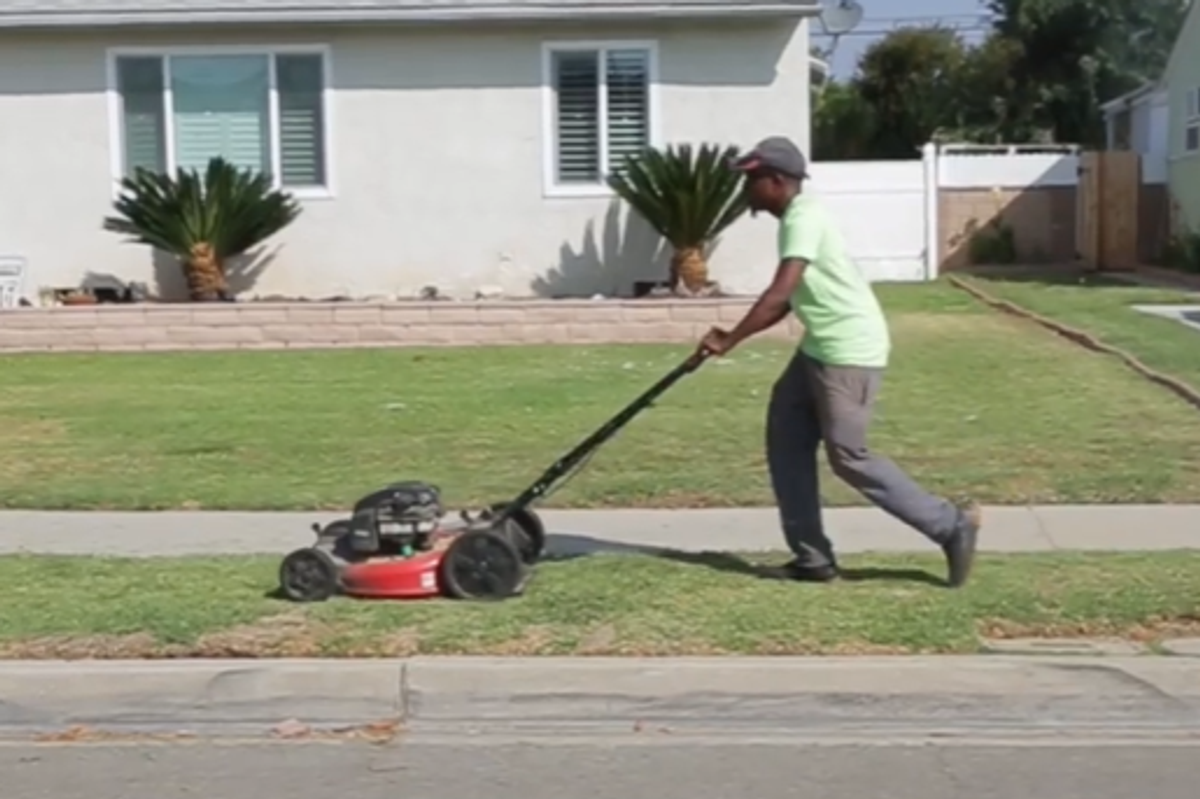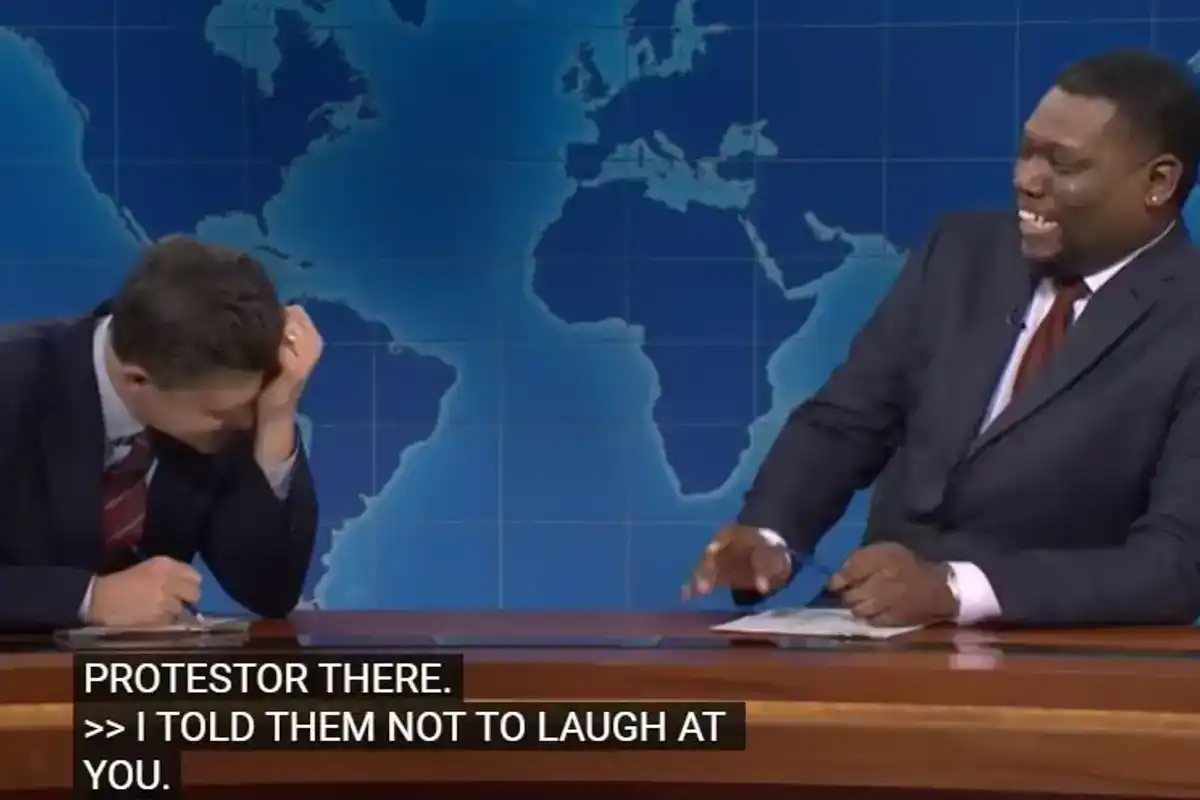Nine things new parents think they need and the more practical alternatives.
No, you actually don't need a 'pee pee teepee.'

Things new parents think they need but don't.
There's nothing like preparing for a new baby. The excitement and anticipation take hold and before you know what's happening, your baby registry is five pages long full of things you've probably never heard of. I've been there before, and now, four kids later, I can tell you with absolute certainty that there are tons of things you actually don't need. It's easy to get carried away when everything is so tiny and cute, especially 'cause marketing around baby stuff is bananas. The following offers some alternative items to the ones you'll likely only use a limited number of times before practicality takes over.
Many of us have been there, standing in the baby aisle looking like we're smuggling an oddly shaped beach ball under our now-too-small maternity shirt contemplating between the many styles of pacifiers and different types of bottles. You'd be forgiven for spending an insane amount of money on bottles shaped like a deflated spaceship that guarantee your baby will never burp, when two weeks after they're born you find out your baby actually prefers the $0.98 ones from Walmart. Figuring out what you really need is tricky enough, so let me help you out. Hold on to your bellies or shiny new babies folks, this list might blow your mind.

Baby wipes.
Baby wipes from Amazon
1. Put the Pee Pee Teepee down and back away slowly.
Aside from the word "teepee" being highly inappropriate for non-Indigenous people to use, you can go ahead and take this bad boy off your baby registry. If you're not familiar with a "pee pee teepee," it's a cone-shaped item that goes on top of your little guy's business so he doesn't accidentally pee in his eyes or on the unsuspecting diaper changer. Here's the thing, baby wipes or a baby washcloth work just as well. When my boys were little I'd just throw a wipe over their baby business while I changed the diaper, and once the dirty diaper was off, it's easy to toss the used wipe in before trashing the diaper. Easy peasy and it's one less thing to put on your list.

Disposable diaper bags.
Disposable diaper bags from Amazon
2. Diaper Genies are unnecessary and it's easy to forget they exist.
I had such high hopes for my Diaper Genie as a first-time mom. They're so cool, you shove a dirty diaper in there and twist. That's it. It locks in the odor and makes a weird-looking segmented snake of dirty diapers. Alas, when your diaper pail is in one room and you're changing a diaper on a wiggly baby in another, most times the diaper just winds up in the closest trash can. So just buy some small cheap trash cans to put in different rooms and then empty them at the end of the day. There's only so much odor a diaper genie can hold and they only take special expensive trash bags. Save your money. Get some small trash cans and those little smell good bags to toss the smelly diapers.

Receiving blankets.
Receiving blankets from Amazon
3. You can buy a swaddler but you don't actually need it.
I know this might be a controversial statement, but honestly those swaddlers are really expensive and babies quickly outgrow them. You can do the perfect swaddle with a receiving blanket for a fraction of the price and just as much energy. You know how babies come all bundled up when the nurse brings them in from the nursery? Yeah, that's a really good swaddle that will give your snuggle bug the same coziness as an expensive swaddler.

Portable baby formula dispenser.
Portable baby formula dispenser from Amazon
4. You don't have to be fancy and get a Baby Brezza.
Honestly, I had never heard of a Baby Brezza until I had my youngest, so I'm assuming its a newer invention. They're certainly cool and also really expensive and unnecessary. These little doodads are like baby Keurigs but for formula. They hold powdered formula and water, you press a button and it supposedly perfectly mixes up a warm bottle of sustenance. The price tag on these things are about the same as a larger much more needed baby item, like a car seat-stroller combo. There have also been some concerns raised by pediatricians due to some bottles not getting enough formula added.
Take the guesswork out of it and just fill the bottles by hand. You can even put water in the bottles in advance and leave them out at room temperature and use a portable formula container to put premeasured scoops in. I know it's no Baby Brezza, but you'll be $200 richer and know exactly how much formula is going into your baby's bottle.

Bottle drying rack.
Bottle drying rack from Amazon
5. Your baby doesn't need fake grass to dry their bottles on.
Don't laugh, a fake grass bottle dryer is something that actually once sat on my kitchen counter. That's about all it did because I dang sure didn't use it for more than the first week. When you're sleep deprived, you want the easiest thing available and oftentimes that's the top rack of the dishwasher or the dish rack that's already on your countertop. The things we get suckered into buying is laughable sometimes. Besides it being esthetically pleasing, you don't actually need it and a regular bottle rack, in fact, works better because there are no removable trees holding the nipples.

Receiving blankets.
Receiving blankets from Amazon
6. Side eye anyone that says you need embroidered burp cloths.
Don't fall for it. Yes, purpose-made burp cloths can be super cute but they're literally used to catch baby puke. These things are too small to cover the area needed to prevent your back and shoulder from becoming a casualty of a little guy eating too fast. Remember those receiving blankets we talked about earlier? Yeah, they are much more absorbent and cover more of your body to spare you having to change clothes. Those flannel blankets are versatile. You can use them for swaddling, to cover a car seat or stroller, for burp cloths or even a clean area to change the baby on. There's no such thing as too many receiving blankets. I'll make it easy for you, grab a pack here.

NoseFrida.
NoseFrida from Amazon
7. Skip the bulb syringe and splurge on the NoseFrida.
The hospital will give you a useless bulb syringe that only the nurses know how to work, because I swear no matter how hard you squeeze the bulb you barely get anything out. Bulb syringes even come with many newborn essential sets. I'm sure they work, but they seem to take way too much effort for the little bit of mucus they pull out. Get the NoseFrida—yes, it's a little more expensive but it's worth it, even though it seems gross. I promise the hygiene filter that goes in the tube will spare you from getting baby boogers in your mouth. You can literally use that thing well into the toddler years until your little one learns to blow their nose. Can't speak highly enough of this thing and here's a link to it here.

Pack 'n' Play
Basic Pack 'n' Play from Amazon
8. Do you really need a Pack 'n' Play that turns into a rocket ship?
OK, maybe it doesn't turn into a rocket ship but some of those things are so outrageous that you might need to be a rocket scientist to put it together. Pack 'n' Plays are really convenient and a great investment for new parents, especially if you like to travel or have family out of state. You can use it so your baby can sleep in your bedroom until you're ready for the switch to sleeping away from your little one. Just try not to get distracted by all the bells and whistles and stick to the basics. A Pack 'n' Play with a bassinet is really all you need. It's much cheaper and you'll use the bassinet piece much longer than the ones that come with other parts.

Teething rings.
Teething rings from Amazon
9. Expensive teething jewelry is overrated.
Fancy teething jewelry is cute and has become quite popular lately, but babies don't really need it. They are perfectly happy with the normal water-filled teething rings or rubber ones that can be thrown in any diaper bag. They're tried and true, plus they're designed specifically for teething. While the jewelry is marketed for teething babies, doctors have warned that they're not safe enough to use for that purpose. Besides, having a baby is expensive enough, no need to add to it when you can pick up teething rings at just about any store for a reasonable price.
The idea that everything for babies has to be the most expensive top-of-the-line things is just marketing. When it comes down to it, babies need very basic things: a safe place to sleep, food, diapers and lots of love. Everything else is extra and you can be as extra as you'd like but it should never feel like it's a necessity. Your baby will love you whether you have the Baby Brezza or mix their bottles by hand, promise.
This article originally appeared on 9.16.22
- Dad's response to daughter's skateboard fall is stellar parenting ... ›
- What are some bad parenting trends? - Upworthy ›
- 15 hilarious parenting comics that are almost too real - Upworthy ›
- People share the most practical ways to support new parents - Upworthy ›
- People share nine seemingly 'overrated' baby items you need - Upworthy ›
- Doctor says that clear pee isn't always a good sign - Upworthy ›
- Video: Three men attempting to close stroller is sitcom funny - Upworthy ›
- Mom tests 'tear-free' baby shampoo in her eyes. Some burn badly. - Upworthy ›
- 15 hilarious parenting comics that are almost too real - Upworthy ›







 Once you read these, you'll want to throw a headbutt or two.
Once you read these, you'll want to throw a headbutt or two.